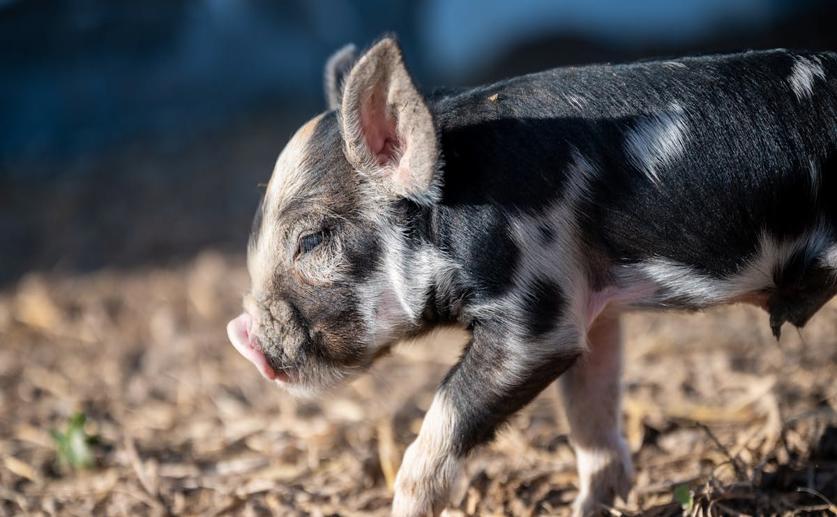
How Wild Pig Populations Differ Genetically in Areas with Swine Fever
Jim Crocker
14th May, 2024

Image Source: Brett Sayles (photographer)
Key Findings
- In eastern Germany, researchers studied how landscape features like roads and rivers affect wild boar movement and disease spread
- They found certain features, such as the lower Elbe valley and the A11 freeway, act as barriers, limiting wild boar movement and potentially disease spread
- High connectivity areas, like the Mecklenburg Lake District, allow wild boars to move freely, which could lead to wider disease distribution
References
Main Study
1) Genetic differentiation of wild boar populations in a region affected by African swine fever
Published 11th May, 2024
https://doi.org/10.1007/s10344-024-01807-1
Related Studies
2) Bayesian identification of admixture events using multilocus molecular markers.
Journal: Molecular ecology, Issue: Vol 15, Issue 10, Sep 2006
3) Assessing Genetic Structure in Common but Ecologically Distinct Carnivores: The Stone Marten and Red Fox.



 21st March, 2024 | Jim Crocker
21st March, 2024 | Jim Crocker